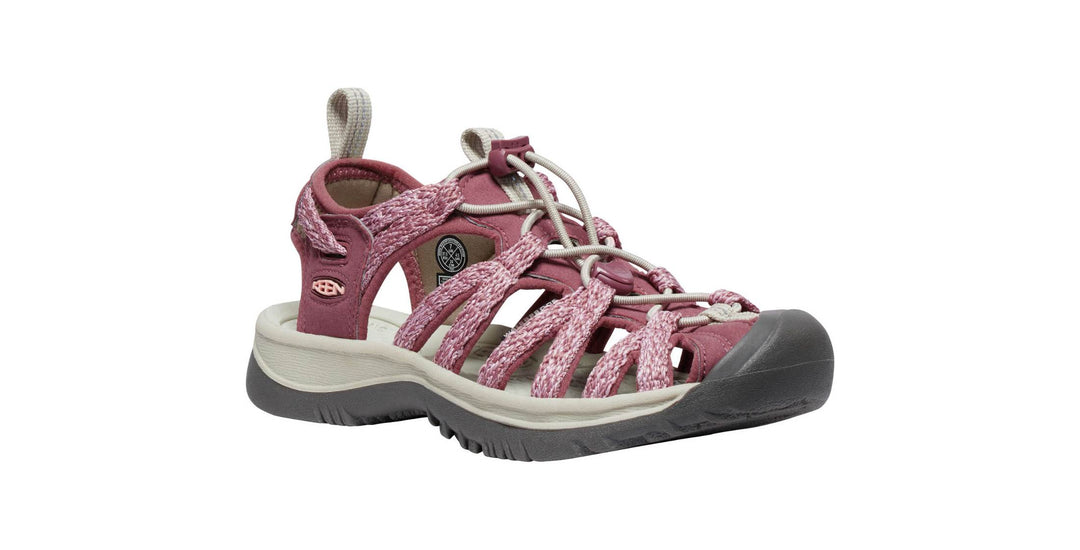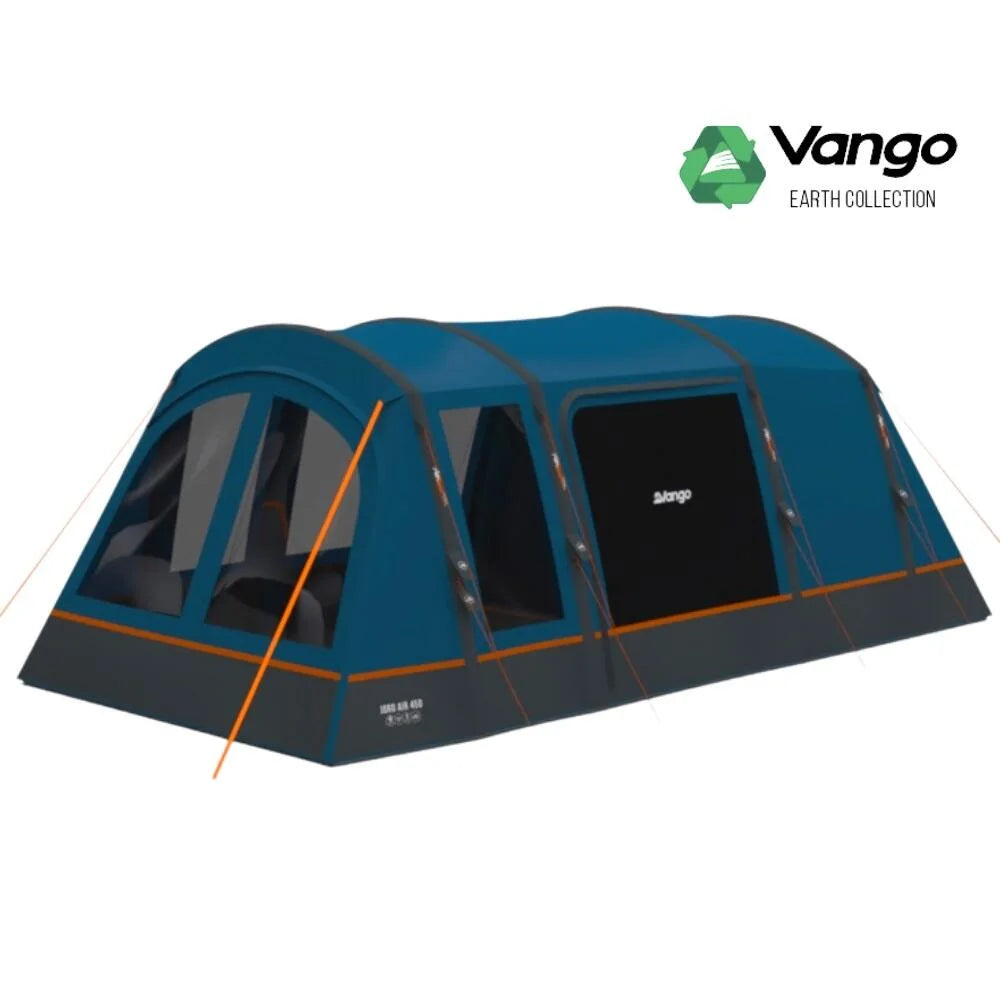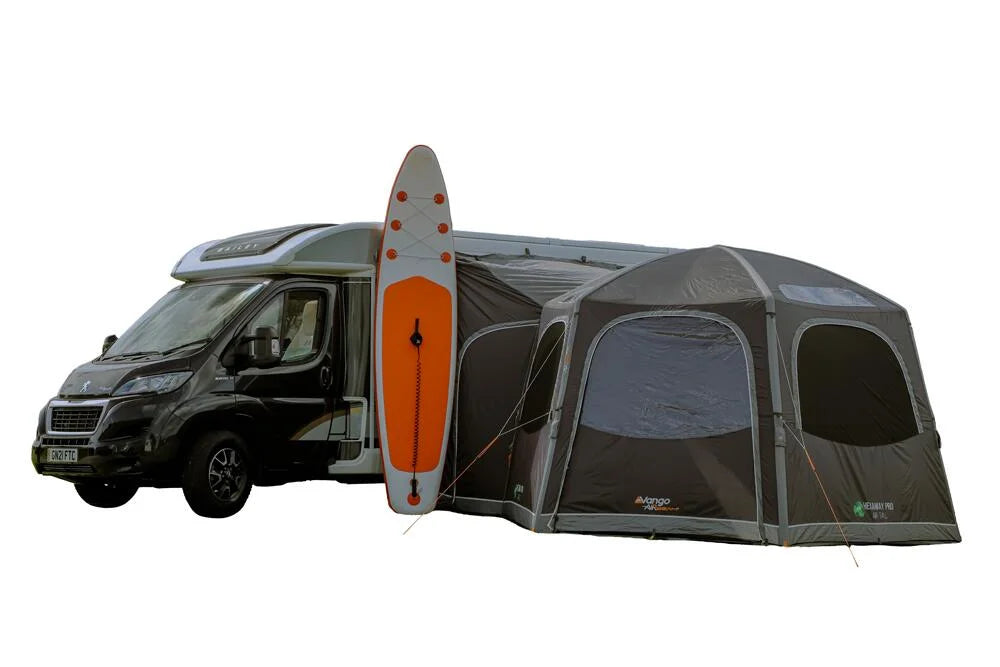Navigate your way to a great day out: learning to use a compass

In this digital age there is a heavy reliance on gadgets and devices. It seems there is no end to their talents, and users turn to them for many tasks that were once completed manually. In most cases it could be argued that they’ve enhanced our lives, but in others, relying on their functionality could be potentially harmful. One such case is in navigation when walking and climbing.
Whilst it’s true that using a smartphone GPS doesn’t always require a signal, it is still limited to simply telling you your position, nothing about terrain, and of course the battery can always run out if you end up walking for longer than expected. How many times do we hear of groups lost on a mountain because they were relying on their mobile device? Too many, unfortunately.
Learning to read a map while using a compass is essential for walkers, even if they are taken just as a back-up to the much-treasured hand-held device. A compass can be critical when visibility is poor or when a change of route is required, and over time has become the trusted companion of walkers and explorers throughout the world.
Over time, compasses progressed to being made of iron needles which were magnetised by being struck with a lodestone, with dry compasses coming into use at around 1300. It wasn’t until the early 20th century that the liquid-filled magnetic compass was invented, leading to the lightweight liquid-filled field compasses that we’re now familiar with.

Whilst compasses come in many different designs, the basic features are similar. Some, like the Silva Expedition 4 Compass are mounted on a base plate which has rulers and scales on it to help with measuring distance.
Around the bezel (the rotating grooved ring holding the compass in position), are the markings of the 360° of a circle which are used to find your bearing (the direction from where you are, to where you want to go). Within the bezel is the compass needle, floating in a liquid which is usually alcohol based, to allow it to freely rotate. The red end of the needle always points to magnetic north.
The long orienting lines are fixed and can be aligned with the easting lines on your map to help you accurately align the compass with grid north, and when you come to take your bearing you align the compass needle with the orienting arrow.
Either within the bezel as a fixed black line, or perhaps as an arrow on the base plate, you will find the index line. It is at this mark that a compass bearing is taken, after which you will follow the direction of travel arrow.
Finally, the compass scales, also known as romer scales, will help you measure distance and work out your six-figure grid reference.
To get bearings, your main focus will be on the magnetic needle. The outer ring is marked with the cardinal points of the compass – North, South, East and West – measuring every 2 degrees. By rotating the ring to line up the red north of the needle to the red arrow on the baseplate, you can take a bearing from the compass ring.
Now you’re ready to navigate:
It’s advisable to get used to using a compass before you need to rely on it. As such, get out and about in your local area, using the compass to lead you to places you already know. Children can join in this local adventure, and you can teach and learn at the same time. Reading a compass is a great life skill!
At BCH Camping, we stock a wide range of other GPS and navigation equipment, including Garmin products, Ordinance Survey maps and pedometers.
If you would like any advice on our navigation products, please don’t hesitate to get in touch with the team at BCH Camping. We’d be happy to help!
Whilst it’s true that using a smartphone GPS doesn’t always require a signal, it is still limited to simply telling you your position, nothing about terrain, and of course the battery can always run out if you end up walking for longer than expected. How many times do we hear of groups lost on a mountain because they were relying on their mobile device? Too many, unfortunately.
Learning to read a map while using a compass is essential for walkers, even if they are taken just as a back-up to the much-treasured hand-held device. A compass can be critical when visibility is poor or when a change of route is required, and over time has become the trusted companion of walkers and explorers throughout the world.
History of the compass
You have to go back 2000 years to the invention of the compass (take that, smartphones!). The first compasses were used during the Han dynasty in China between 300 and 200 BC. They were made of lodestone, which is a naturally magnetised piece of rock mineral. The later Song Dynasty of 960–1279 started to use a compass for navigation, and so began its role that we know it for today.Over time, compasses progressed to being made of iron needles which were magnetised by being struck with a lodestone, with dry compasses coming into use at around 1300. It wasn’t until the early 20th century that the liquid-filled magnetic compass was invented, leading to the lightweight liquid-filled field compasses that we’re now familiar with.
Main features of a compass
Just like any other gadget, it’s prudent to understand the features of a compass before you start to try to use it (those who hate reading instructions need to take some time out of their comfort zone at this point!).Whilst compasses come in many different designs, the basic features are similar. Some, like the Silva Expedition 4 Compass are mounted on a base plate which has rulers and scales on it to help with measuring distance.
Around the bezel (the rotating grooved ring holding the compass in position), are the markings of the 360° of a circle which are used to find your bearing (the direction from where you are, to where you want to go). Within the bezel is the compass needle, floating in a liquid which is usually alcohol based, to allow it to freely rotate. The red end of the needle always points to magnetic north.
The long orienting lines are fixed and can be aligned with the easting lines on your map to help you accurately align the compass with grid north, and when you come to take your bearing you align the compass needle with the orienting arrow.
Either within the bezel as a fixed black line, or perhaps as an arrow on the base plate, you will find the index line. It is at this mark that a compass bearing is taken, after which you will follow the direction of travel arrow.
Finally, the compass scales, also known as romer scales, will help you measure distance and work out your six-figure grid reference.
How to use a compass
Before you begin using a compass you need to understand the three norths:- True north is where the North Pole is located and not relevant for navigation.
- Grid north is a line at the top of your map
- Magnetic north is where the compass needle points to, controlled by the magnetic field of the earth
To get bearings, your main focus will be on the magnetic needle. The outer ring is marked with the cardinal points of the compass – North, South, East and West – measuring every 2 degrees. By rotating the ring to line up the red north of the needle to the red arrow on the baseplate, you can take a bearing from the compass ring.
Now you’re ready to navigate:
- Using a map, line up where you are and where you want to be with either side of the compass or one of the black lines running down the base plate. The direction of travel arrow must be pointing in the direction you want to go.
- Turn the compass bezel so that “N” on the bezel and the orienteering arrow are pointing to grid north (which, remember, is at the top of the map). You should make sure that the orienteering lines are lined up with the easting lines of the map.
- Lift the compass off the map and look at the index line, which has given you your bearing from the map. Add the 2° to make grid north match magnetic north.
- With the direction of travel arrow pointing directly in front of you, walk around in a circle until the compass needle is lined up with the orienting arrow.
- Now follow the direction of travel arrow and pick a landmark that is directly in line with where the direction of travel arrow points to.
- Walk towards your chosen landmark and when you reach it, check your bearing and pick another landmark to walk towards. Keep repeating this until you reach your destination.
It’s advisable to get used to using a compass before you need to rely on it. As such, get out and about in your local area, using the compass to lead you to places you already know. Children can join in this local adventure, and you can teach and learn at the same time. Reading a compass is a great life skill!
Compasses available from BCH Camping
As well as the Silva Expedition 4 Compass mentioned above, at BCH Camping we also stock the following: This is classic base plate compass used by defence forces around the world. It’s fitted with compass housing made from Dryflex, chosen for best performance and a positive tactile feeling. There is a built-in magnifier for detailed map reading, a luminous stripe on the needle and map measuring scales in mm of 1:25k and 1:50k. This is the "full-size" base plate compass for experienced navigators, also used by defence forces around the world. It works to 1:25k, 1:50k, 1:63.36k, mm and inch map measuring scales, with luminous points for navigation in the dark. The original Silva Field Compass has base plate map-measuring in mm and scales of 1:50,000 and 1:25,000. Compatible with most maps, the Silva Field features DryFlex™ rubber bezel for improved comfort and grip, and a detachable safety-release lanyard.At BCH Camping, we stock a wide range of other GPS and navigation equipment, including Garmin products, Ordinance Survey maps and pedometers.
If you would like any advice on our navigation products, please don’t hesitate to get in touch with the team at BCH Camping. We’d be happy to help!




